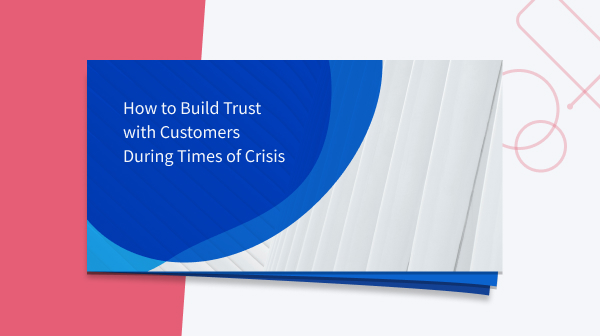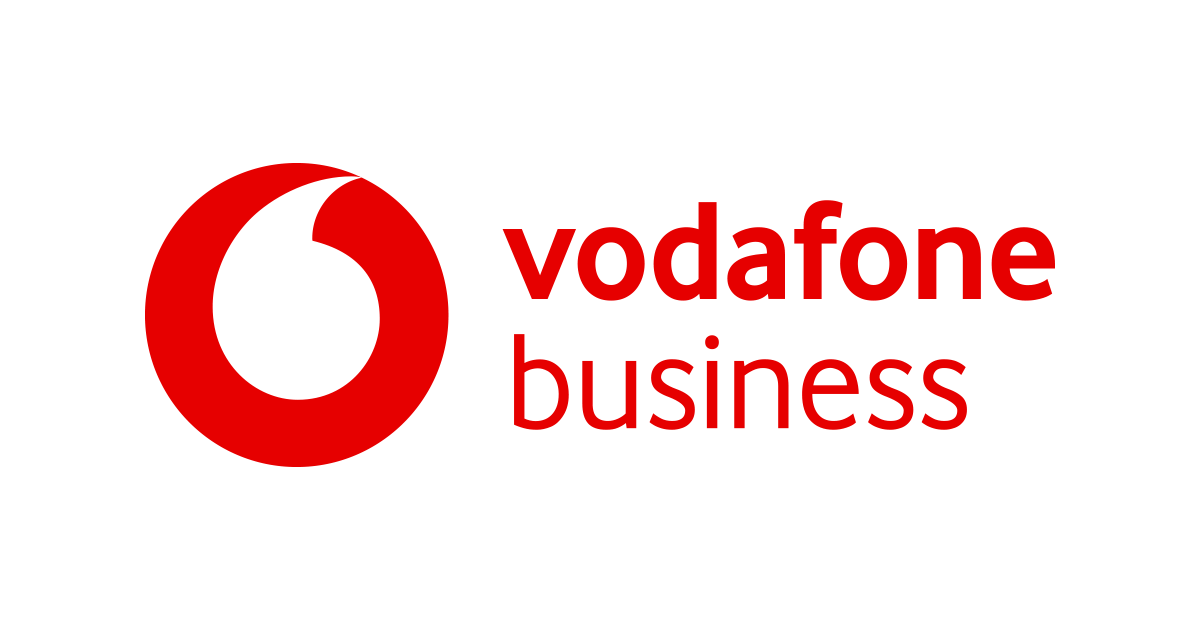A content management system (CMS) is software that enables non-technical users to store, organize and publish web content easily.
What is a Content Management System?

Content Management Systems Make it Easier to Manage Websites
A CMS separates presentation from content on a website, so that content creators can manage websites without help from a developer. A website that doesn’t require frequent updates or new content can get by with hard-coded pages, but for enterprises that have multiple users adding content on a regular basis, a CMS is necessary. In addition to being easier to use, a CMS allows content to be released faster with tools to track and manage the entire archive of content for a given site.
Key Functions of a CMS
In today’s market, enterprise users expect more than these basic features. In Forrester’s definition of web content management, it makes the argument that the best web content today is dynamic, personalized and consistent across channels, and anything that qualifies as a CMS must have the tools and capabilities to store and deliver that level of content.
Examples of functions that make a CMS enterprise-class include:
Examples of functions that make a CMS enterprise-class include:
- Content creation functions such as templating, workflow and change management
- Interoperability with adjacent technologies, such as sales force automation, marketing resource management and web analytics
- Support for real-time personalization at digital touchpoints
- Integration with delivery tiers, such as digital commerce, social media and portal software
CMS, WCM, ECM, DAM or DXP?
CMS is a broad term with several different types of software that fall under its umbrella. Each of these categories was created to address a different need within companies, but over the years they have broadened their features so that there is little distinction between them.
Briefly, these are the generally accepted nuances for some of these terms:
As with web portals, CMSs and their subcategories are transforming into DXPs. The content management needs of enterprises have grown increasingly complex with the introduction of new content types, analytics, automation software and all the back-end integration that is required. A CMS-heritage DXP capitalizes on the customer experience strengths of these systems, with the addition of integration capabilities and personalization features.
Briefly, these are the generally accepted nuances for some of these terms:
- Web Content Management (WCM) - software for collaborative authoring of public web content
- Enterprise Content Management (ECM) - software to manage the scanning, storage, organization and retrieval of physical documents
- Digital Asset Management (DAM) - software to manage a broad variety of digital assets. DAM systems are often used by media companies to catalog, annotate, store, retrieve and distribute audio, video, animations and other digital media content.
- Digital Experience Platform (DXP) - software to create content for every digital channel available today, as well as improve business operations through digitization and integration
As with web portals, CMSs and their subcategories are transforming into DXPs. The content management needs of enterprises have grown increasingly complex with the introduction of new content types, analytics, automation software and all the back-end integration that is required. A CMS-heritage DXP capitalizes on the customer experience strengths of these systems, with the addition of integration capabilities and personalization features.
Where to Start
Though a CMS is meant for non-technical users, it may still require custom development. CMSs can range from a one-step, out-of-the-box installation to a complex, customizable solution that allows developers to create the workflow and interface that suits a company’s unique business needs. A small business owner writing a blog doesn’t need the same features as the New York Times. Here are things that all businesses should consider when choosing a CMS:
- How many users and user types do you need to manage?
- How much content do you have and what types of content?
- Where do your visitors come from and do they require multilanguage support?
- What integrations do you need, and will a CMS or a DXP be the better option for accommodating these?
If you liked this post, be sure to share it!
Other Helpful Resources
See how Liferay can help solve your unique challenges

